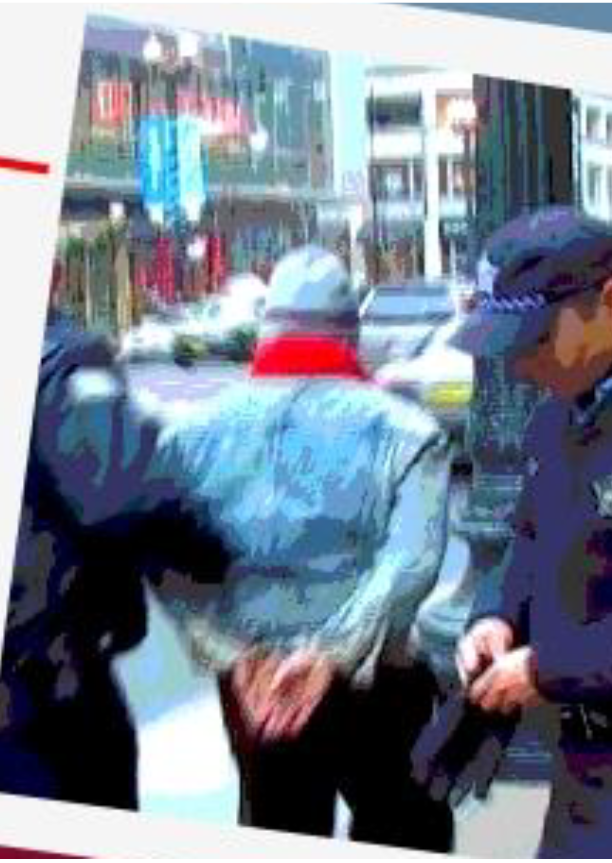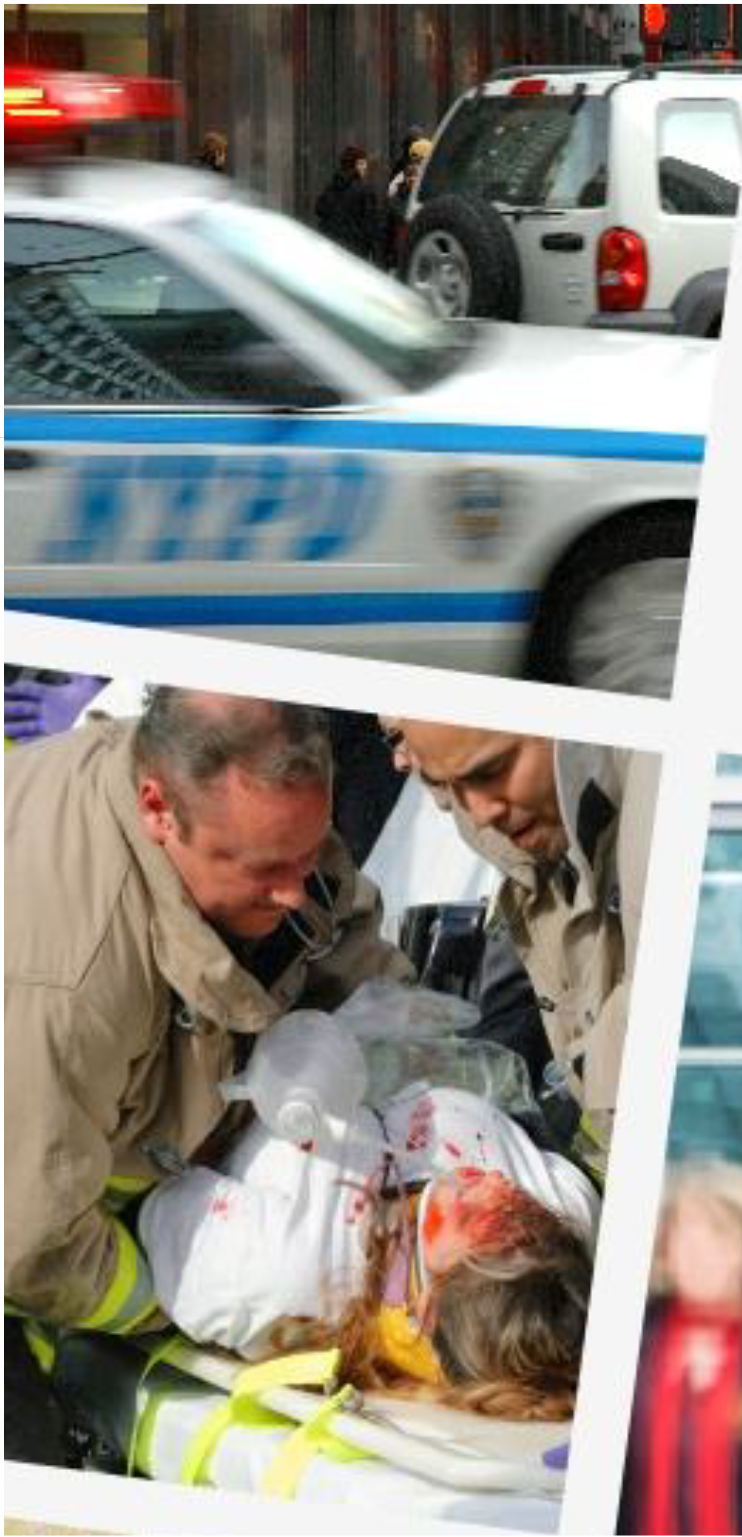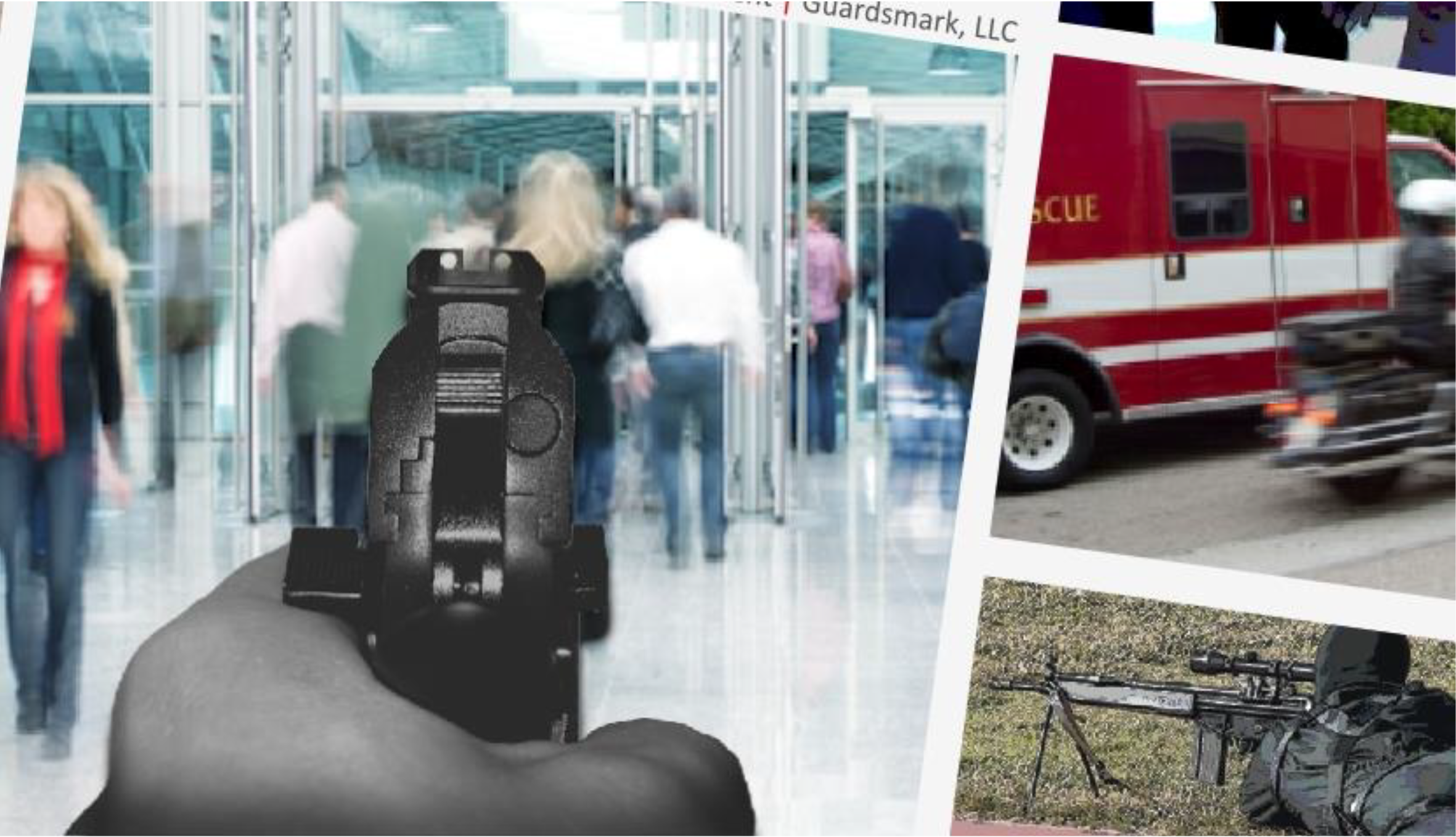Workplace Violence Active Shooter Threat
An instructional presentation addressing workplace violence issues, including statistics, at-risk behaviors and predictors, and the effects on companies and employees, plus recommendations for active shooter response considerations and procedures.
I I I • ACTIVE SHOOTER THRE T



JeffL andreth -I VP,


Meet Our Speaker
Jeff Landreth is one of the premier security experts in the United States. His extensive industry experience and his commitment to proactive security management contribute to Guardsmark’s sustained record of exceptional service. His dedication to excellence and innovation, along with more than 20 years of leadership in corporate security, have proven to be vital assets in supporting Guardsmark’s commitment to the very highest standards of performance.
He directs a division that provides threat and risk assessments, producing even greater efficiency and productivity for clients. By identifying vulnerabilities, Jeff can help customers implement comprehensive security procedures. He offers a wealth of experience in security and a history of visionary leadership. Jeff also develops cutting edge learning materials for Guardsmark security teams. His dedication to helping individuals achieve professional growth benefits not only Guardsmark team members, but also clients.
Before entering private security, Jeff served more than five years as a special agent in the Federal Bureau of Investigation and spent six years in public law enforcement as a police officer and as a director of public safety. These positions sharpened his powers of observation and his investigation skills.
Jeff graduated from Catawba College in Salisbury, N.C., with a bachelor’s degree. He earned a master’s degree in conflict resolution from Columbia College in Columbia, S.C., and a master’s degree in liberal studies from Ohio University in Athens, Ohio.
Workplace Violence
- There is no test or definitive predictor that a person will commit violence.
- Certain behaviors, however, may signal potential aggressiveness.
- Signals vary from person to person.
- Threats, especially indirect or vague threats, may not be recognized.
- Insist on an experienced psychologist or other mental health professional to be a part of an employee assessment.
- Have a pre-designated command post, if possible.
- Have a complete set of building plans in an accessible secure location with two (2) sets of master keys or master smart cards.
- Age range 14 to 73.
- Half of perpetrators attended some college or graduate school.
- Few had histories of arrests for violent crime or for crimes involving weapons.
Workplace Violence
- In the U.S. minimum average of one person per day killed as result of workplace violence.
- In North Carolina from 1992 to present, an average of 20% of all workers killed died from workplace violence (33 to 36 individuals).
- Good News—Nationwide the incidents of workplace violence are on the decrease.
- Bad News —When an incident does occur, the number of persons killed or injured is likely in multiples.
Workplace Violence Issues
- Lack of civil behavior
- Aggressive language
- Bullying
- Stalking
- Demonic issues
- Same sex conflict
- Interpersonal disputes
- Life stresses
- Sexual harassment
- Assault
- Assault and battery
- Workplace infatuation
- Pornography
Desk Rage Survey
In 2000, a survey of 1,305 U.S. workers revealed:
- 1 in 10 committed assault because of stress at work
- 42% experienced verbal abuse in their workplace
- 30% surveyed admitted yelling at co-workers because of stress
- 1 in 8 had called in sick because of stress at work
- 1 in 5 had quit a job because of stress within the last six years
- 2% indicated stress caused them to strike a co-worker
- 23% had been driven to tears by a workplace incident(s)
- 14% believed that workplace equipment or machinery had been damaged as a result of workplace rage.
Effects on the Company
- Employee litigation
- Adverse publicity
- Decreased productivity
- Increased employee turnover
Effects on Employees
- Physical injury
- Anxiety – depression
- Poor performance
- Absenteeism – resignation
- Suicidal thoughts
- Up to 50% of witnesses of workplace violence may suffer from depression.
- 43% of employees threatened with physical attack do not report it.
- Over 50% of employees will not report an actual physical attack.
Possible Predictors of “At Risk" Behavior
- Caucasian male, age 30s – 40s
- Strong identification with the job
- Low self-esteem
- Isolation
- Has weak support system at the employment
- Is less productive, creative or motivated
- Patterns of depression and/or paranoia
Possible Predictors
- Associated with inappropriate communications
- Anonymous letter(s)
- Threats
- Direct
- Indirect
- Vague
- Implied
- Intimidating Comments
- Is resistant to change
- Stressed by any disruption to the established work pattern
- Has conflict patterns with others at the workplace
- Demonstrates bullying behavior, proficient at intimidation
- May be the recipient of bullying by others
- Drops menacing hints about explosives, firearms, military or martial arts training.
- Develops a focused interest in a particular individual(s).
- Anger and irritability noted
- Refusal to accept responsibility
- Often threatens to sue
- Recognized as chronically disgruntled
- Will claim “conspiracy” when management attempts to guide or assist.
Possible Predictors
- Has made an allusion to violence to someone in the company.
- Brags about weapons or verbalizes about bringing weapons to work. (If such behavior causes anxiety, conduct immediate threat assessment.)
- Intimidating comments about mass murder.
- Violent cartoons, articles, screen savers within the work area.
- Recently developed special interest in military, police or survivalist activities when not a part of the job.
- Reading material observed such as gun magazines, survivalist material, Ninja Magazine, Soldier of Fortune magazine.
- Depression and/or suicidal thoughts.
- Paranoia, delusions.
- Listen to the language
- Seek professional guidance
- Employee assistance program
- Security – Law Enforcement
- Mental health professionals
- ACT—Don’t make excuses for the individual or accept excuses from supervision/management
Active Shooter Response Considerations
Important Preliminary Steps
- Develop the active shooter response in coordination with the responding law enforcement agency.
- Conduct table top exercises annually with law enforcement.
- Establish an all facility emergency lock down procedure.
- Familiarize employees with active shooter emergency response.
Active Shooter Response
If shots are heard—ACT IMMEDIATELY!
- If decision is to evacuate:
- Must have viable escape path
- Employees must know the escape plan
- Must evacuate even if others refuse
- Leave personal items behind except for cell phone
- Prevent employees from entering area where shooter may be
- Keep hands completely visible and immediately obey law enforcement commands.
- Do NOT stop to assist injured or wounded.
- Go immediately to the pre designated assembly location.
- If decision is to NOT evacuate:
- Hide where shooter is less likely to find you.
- Stay out of shooter’s view.
- Seek protection – closed office or closet door with a lock.
- Attempt to have escape option(s).
If decision is to NOT evacuate:
- Lock door to the hiding area, blockade door with heavy furniture
- Silence the cell phone/pager
- Shut off any noise source (i.e. radios, two-way radios, background music)
- Hide behind any large substantial items
- Remain quiet and calm
- If possible, dial 911 to alert location of shooter
- If can’t speak, leave line open so 911 personnel can listen.
Active Shooter Response
As a last resort only if your life is in danger:
- Consider attempting to disrupt the active shooter
- Act intensely aggressive toward the shooter
- Improvise a weapon, throw items
- Yell!
- If you commit to aggressive action, do not hesitate.
Arrival of Law Enforcement:
- Officers likely arrive in teams of four (4).
- Officers will be heavily armed and may use incapacitating gas
- Officers will act aggressively—shouting orders, pushing individuals
- Follow officers’ instructions immediately
- Put down any items carried
- Raise hands, spread fingers when you first see officers.
- Do not hold onto officers for safety, do not run to them unless so directed
- Do not stop to ask for directions from law enforcement, go quickly to where they point or verbally command.
Active Shooter Response
When safe—provide any helpful information to 911 or the command post, if permitted.
- The first officer(s) to arrive will NOT stop to help injured.
- Medical/rescue teams will follow initial entry.
- Do not assist any wounded unless directed to do so by medical/rescue teams.
- Do not leave the pre-designated assembly location until law enforcement tells you to—regardless of what company management tells you to do.
Additional Suggestions:
- Ensure each facility has two evacuation routes.
- Whenever in a facility, be familiar with two escape routes
- Post evacuation routes throughout each facility.
- Include law enforcement during training exercises.
- Invite law enforcement responders to use your facility(s) for their own training.
- Conduct pre-employment background checks.
- Be familiar with the capability and experience of the Employee Assistance Program staff.
Questions Jeff Landreth
VP, Risk Management
Guardsmark, LLC
Want even more Content?

Since you’re already a user, you know that IFMA’s Knowledge Library offers all FM content in one place. But did you also know that by signing up via email to become a registered user, you can unlock even more resources?
Signing up via email for registered access within the Knowledge Library brings more content and functionality to your fingertips. Expect to grow your facility management knowledge, career and network faster than ever before.




